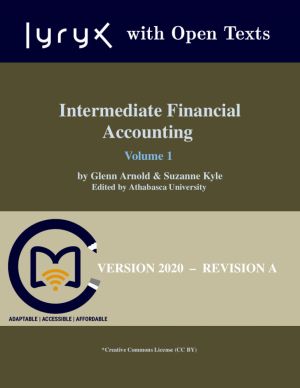Intermediate Financial Accounting Volume 1
by Glenn Arnold, Suzanne Kyle
DescriptionTable of ContentsDetailsHashtagsReport an issue
This book provides a review of introductory accounting concepts and covers all topics essential to a first level Intermediate Accounting course: the conceptual framework and current landscape of financial reporting; statements of financial position; comprehensive income; cash flows and shareholders' equity; cash and receivables; revenue; inventory; property, plant and equipment; intangible assets; and intercorporate investments. For those requiring preparation for CPA designation, competencies as outlined by the CPA are addressed in this textbook.
It also focuses on more difficult intermediate accounting topics that match prerequisite requirements for students advancing to a second level Intermediate Financial Accounting course. Topics that are covered in Advanced Financial Accounting courses, such as consolidations and foreign exchange, are not included here. 






Book Description
Intermediate Financial Accounting Volume 1 developed in collaboration by Athabasca University and Lyryx, is intended for a first course in Intermediate Financial Accounting, and presumes that students have already completed one or two Introductory Financial Accounting courses. The textbook reflects current International Financial Reporting Standards (IFRS), such as IFRS 15 - Revenue from Contracts With Customers.This book provides a review of introductory accounting concepts and covers all topics essential to a first level Intermediate Accounting course: the conceptual framework and current landscape of financial reporting; statements of financial position; comprehensive income; cash flows and shareholders' equity; cash and receivables; revenue; inventory; property, plant and equipment; intangible assets; and intercorporate investments. For those requiring preparation for CPA designation, competencies as outlined by the CPA are addressed in this textbook.
It also focuses on more difficult intermediate accounting topics that match prerequisite requirements for students advancing to a second level Intermediate Financial Accounting course. Topics that are covered in Advanced Financial Accounting courses, such as consolidations and foreign exchange, are not included here.
This open book is licensed under a Creative Commons License (CC BY). You can download Intermediate Financial Accounting Volume 1 ebook for free in PDF format (3.6 MB).
Table of Contents
Chapter 1
Review of Intro Financial Accounting
Chapter 2
Why Accounting?
Chapter 3
Financial Reports: Statement of Income, Comprehensive Income and Changes in Equity
Chapter 4
Financial Reports - Statement of Financial Position and Statement of Cash Flows
Chapter 5
Revenue
Chapter 6
Cash and Receivables
Chapter 7
Inventory
Chapter 8
Intercorporate Investments
Chapter 9
Property, Plant, and Equipment
Chapter 10
Depreciation, Impairment, and Derecognition of Property, Plant, and Equipment
Chapter 11
Intangible Assets and Goodwill
Book Details
Title
Intermediate Financial Accounting Volume 1
Subject
Economics and Finance
Publisher
Lyryx
Published
2020
Pages
588
Edition
1
Language
English
PDF Size
3.6 MB
License

Related Books
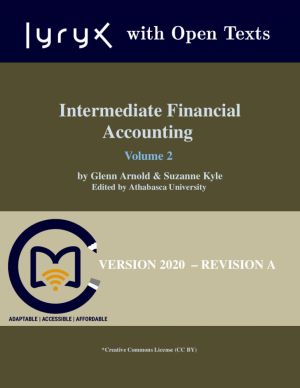
Intermediate Financial Accounting Volume 2 developed in collaboration by Athabasca University and Lyryx, is intended for the second of two in Intermediate Financial Accounting courses. It presumes that students have already completed the Introductory Financial Accounting, and the first Intermediate Financing Accounting course. The textbook reflects...
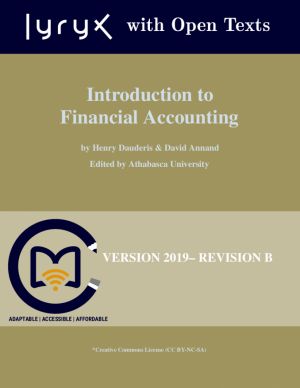
Introduction to Financial Accounting is intended for a first course in introductory financial accounting. It has been extensively edited by Athabasca University and reflects current International Financial Reporting Standards (IFRS). A corporate approach is utilized versus beginning with a sole proprietorship emphasis and then converting to a corpo...

Introduction to Financial Accounting: U.S. GAAP, was intended for a first course in introductory financial accounting. It focuses on core introductory financial accounting topics that match pre-requisite requirements for students advancing to intermediate financial accounting. A corporate approach is utilized versus beginning with a sole proprietor...
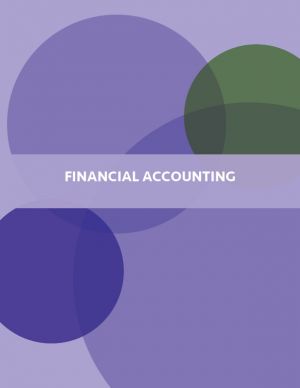
This book is intended for an undergraduate or MBA level Financial Accounting course. It covers the standard topics in a standard sequence, utilizing the Socratic method of asking and answering questions....
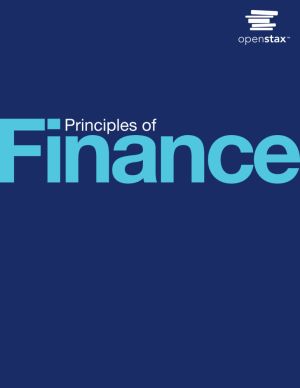
Principles of Finance is targeted at the core finance course for undergraduate business majors. The book is designed for conceptual accessibility to students who are relatively early in their business curriculum, yet it is also suitable for more advanced students. Due to the wide range of audiences and course approaches, the book is designed to be ...

This open book is a dynamic guide incorporating the essential skills needed to build a foundation in Financial Analysis. Students and readers will learn how to insightfully read a Financial Statement, utilize key financial ratios in order to derive forward-looking investment-related inferences from the accounting data, engage in elementary forecast...

